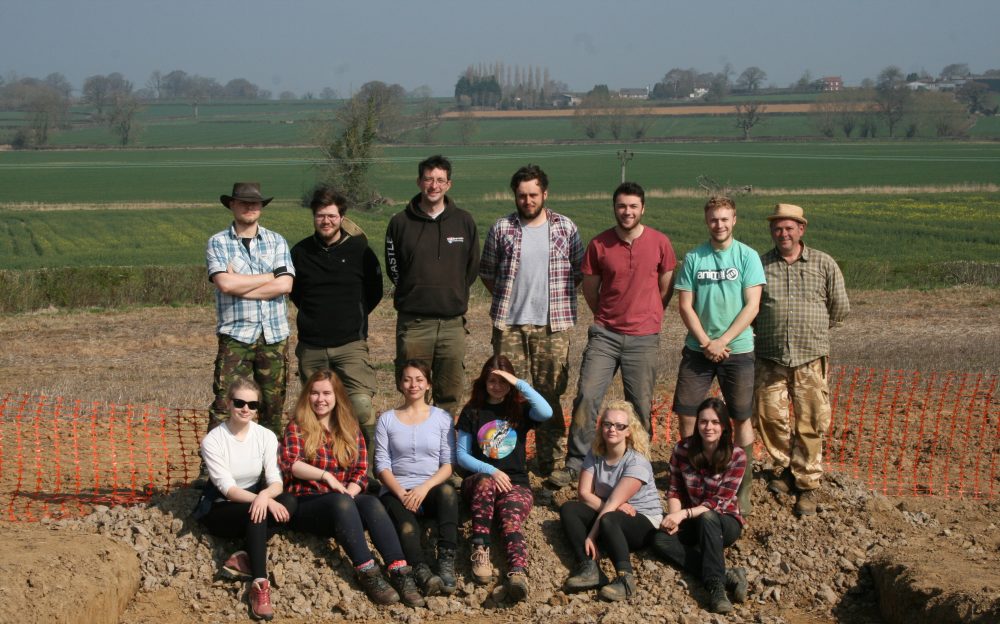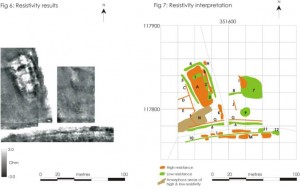The current project began when James was a post-doctoral resesearcher at Cambridge University. He was (and remains) interested in the end of the Roman Empire and the late Roman villa on the outskirts of his home town seemed an exciting site to study.
Since Leonard Hayward’s excavations no archaeological work had been carried out on the villa. For a long time the villa was being regularly ploughed and we were unsure what impact this was having on the buried remains. It was also unclear whether Leonard Hayward had uncovered the whole of the building, or just one wing of a grander structure (like the villa excavated not far away at Dinnington by Winchester University).
In 2009 James received permission from English Heritage and the landowners to geophysically survey the villa site. This survey was carried out in March with the assistance of Liz Caldwell and Nigel Harvey of GeoFlo and volunteers from the South Somerset Archaeological Research Group and the Yeovil Archaeological and Local History Society.

